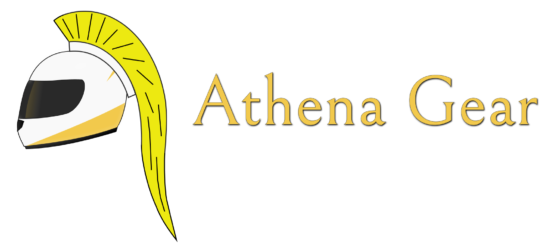Motorcycle Gear Safety Ratings
Helmet Safety Ratings
After the manufacturer produces them, helmets are certified and tested by local authorities before being offered for sale to the public. While the US only requires helmets to be DOT approved, most riders will want to choose a helmet with a higher certification such as FIM, Snell, ECE, or Sharp testing. Here’s how the ratings compare:
- FIM Homologated: This is the highest safety rating a helmet can hold, certification from the Fédération Internationale de Motocyclisme or FIM, motorcycle racing’s global governing body. if you’ve seen MotoGP racers crash at 150 MPH and walk away unharmed, they have the FIM to thank. The standard is quite new and not all helmets and helmet sizes have been tested, but if you can find an FIM helmet you’ll know you have the best protection possible.
- Snell Approved: Before the new FIM certification, Snell was the highest safety rating a motorcycle helmet could hold. Following the death of racecar driver Pete Snell in the 1950’s, the Snell Foundation was formed to test racing helmets for a variety of crash types, including pointed and blunt impacts to the face shield, chin bar, and other zones, the possibility of helmets being pulled off the wearer’s head, and the possibility of the wearer’s head turning inside the helmet. The Snell certification is race-oriented, so keep in mind that features appreciated by non-racers like drop-down sun visors will not pass, though the helmet may be “safe” otherwise.
- SHARP Testing: SHARP stands for Safety Helmet Assessment and Rating Program, and is run by the British government. Helmets must be ECE approved in order to be eligible for SHARP testing, as only ECE-approved helmets are sold in the UK. SHARP methods are similar overall to Snell, but SHARP testing is more road-oriented while Snell is more race-oriented. SHARP testing also does not issue a pass/fail grade or a “SHARP certification”, but instead rates helmets on a scale of 1-5 stars.
- ECE Approved: Any helmet sold in Europe must be approved by the ECE, the Economic Commission of Europe. The current standard is ECE 22.05, though 22.06 is likely to be released soon. ECE approval is seen as the minimum safety rating for many riders throughout the world, not just in Europe.
- DOT Approved: Any helmet sold in the USA must be approved by the Department of Transportation, or DOT. While the testing itself is similar to Snell but with somewhat lower standards, the issue with DOT certifications is that many have not held up to these standards when retested by independent labs. This has led to a widespread mistrust of helmets that carry only a DOT approval.
